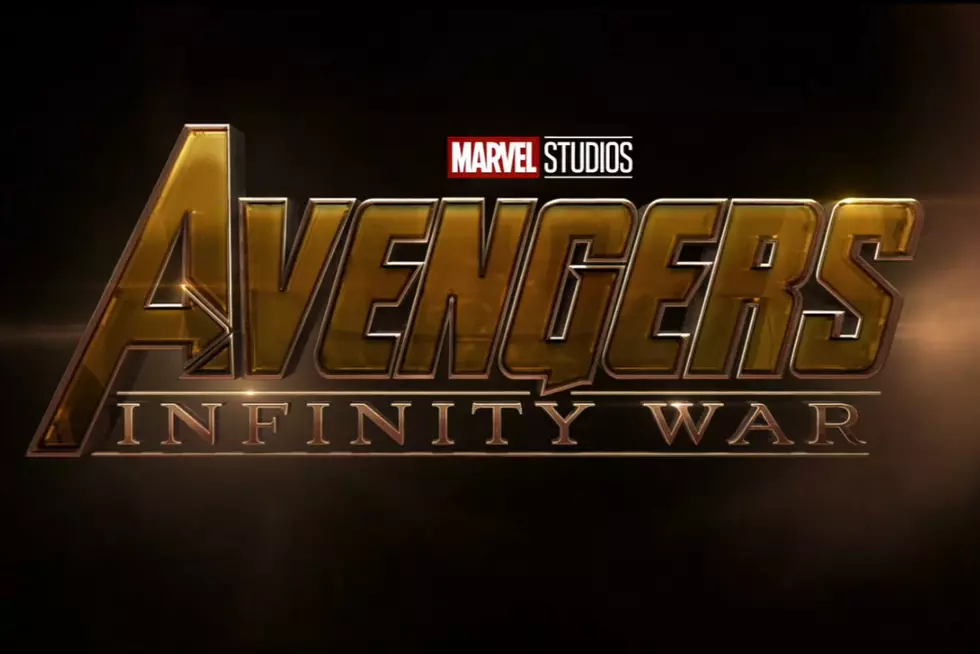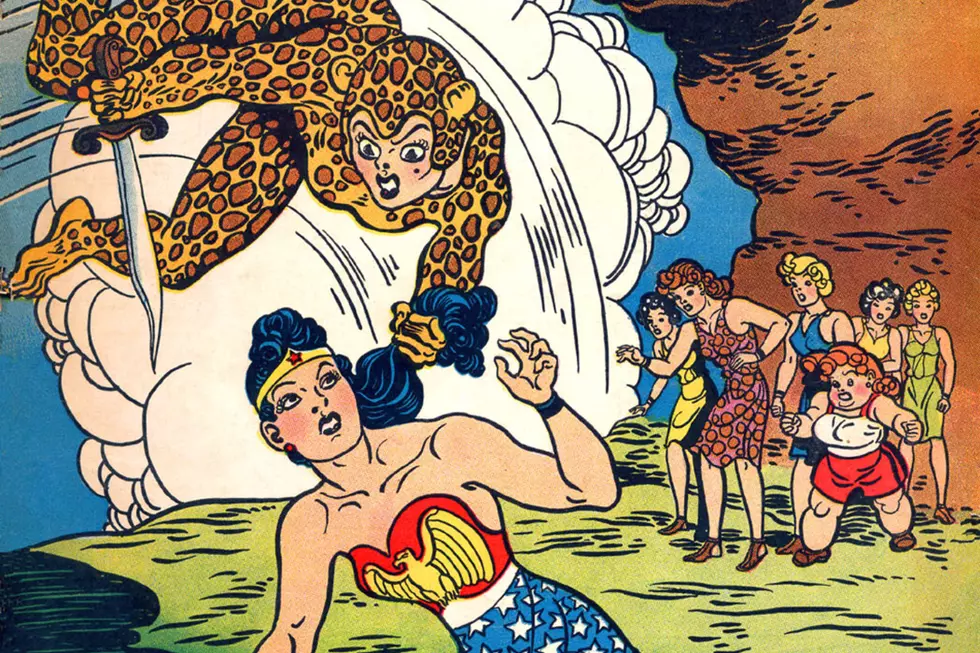
Tripping Through The Infinite Cosmos: A Tribute To Jim Starlin
When you think of Cosmic Marvel, you think of something specific, even though that's never been the title of a comic. Some of what you're thinking of comics from Jack Kirby: Galactus, Silver Surfer, Celestials. But chances are even more of that cosmic stuff came from another writer-artist: Jim Starlin. Thanos, Drax, Gamora, the Infinity Gauntlet, Kronos and Mentor and everything happening on Titan. That's all Starlin, doing what he does best: re-imagining superhero comics as psychedelic space opera.
Jim Starlin was born on October 9, 1949, in Detroit. After high school, he went to Vietnam, where he served as an aviation photographer for the Navy. During his service, he used his free time to draw comics, which he submitted to publishers. Although he sold a couple of stories to DC during that time, he didn't find regular comics work until 1972, when Marvel hired him to do finishes on Spider-Man.
He was then offered a fill-in job drawing Iron Man, and wasted no time in letting his ideas loose upon Marvel. Although scripted by Mike Friedrich, Iron Man #55 credits Starlin with "Plot, Pencils, and Character Conceptions." Drax the Destroyer and Thanos appear for the first time, as Iron Man finds himself wrapped up in a space opera plot that falls well outside his usual wheelhouse. The issue ends with Thanos escaping and Iron Man and the Destroyer saying goodbye. It could almost be any Silver Age story in which a sci-fi interlude is forgotten as quickly as it's over, but this was the Bronze Age, and there could be little doubt that Thanos and the being who exists solely to destroy him had more story to tell.
His first real run as a writer/artist was on Captain Marvel. This was the Kree Mar-Vell version of the character who'd been created in the '60s by Stan Lee and Gene Colan. Starlin infused Captain Marvel with the same cosmic space opera weirdness he'd brought to Iron Man, but on an ongoing basis. He created Eon, the treelike all-powerful alien who choses the Protector of the Universe, and gave that job to Mar-Vell. He also brought back Drax and Thanos and continued their story. He did much the same when he took over Warlock, making Adam Warlock into a much angstier character and pitting him against Thanos as well as an evil version of himself. It was also in that book that he introduced Gamora, an adopted daughter of Thanos who turns against him. Neither Adam Warlock nor Captain Marvel had ever really stood out from the Marvel pack, but under Starlin both became far more interesting and gained cult followings.
Thanos is probably Starlin's single most important contribution to comics canon. He's sometimes regarded as a Darkseid rip-off, although Starlin was actually more interested in riffing on another New God, Metron, and it was editor Roy Thomas that suggest he make Thanos more Darkseid-like. Either way, Thanos became his own character, and a major threat again and again to the entire Marvel Universe. And in fact when Starlin later worked at DC, he created Mongul to bring a more Thanos-like villain into the DC Universe in turn. And Mongul has proven an important and lasting presence in that universe as well.
Starlin returned to Marvel again and again, often to his same cosmic characters. His most noteworthy story came in 1991 with The Infinity Gauntlet. Illustrated by George Perez and Ron Lim, it was a miniseries in which Thanos has gained godlike powers over the universe, and the surviving Marvel heroes must mount an almost-certainly-futile effort to stop him. Coming six years after Secret Wars got the ball rolling, The Infinity Gauntlet perfected the model of line-wide crossovers that's still basically in use to this day.
Particularly in the context of his early '70s heyday, it's hard to miss the psychedelic influence on Jim Starlin's work. From the complex, transformative page layouts to ideas like cosmic awareness (a super power that's all about expanding your consciousness to be one with the universe), there's an undeniable link between Starlin's comics and drug culture. In fact, Sean Howe's book Marvel Comics: The Untold Story confirms that drug use was not uncommon in the Marvel offices of the 1970s. However, Starlin's style is more than just a one-note stoner gimmick. His art really pushed boundaries at Marvel, and many of the characters and concepts he created have had real staying power, and recently informed major elements of Marvel's cinematic offerings, particularly Guardians of the Galaxy, which prominently features his characters Thanos, Drax, and Gamora, and the upcoming Avengers: Infinity War, which features the final confrontation with Thanos.
Starlin himself had staying power as well, largely moving away from the overt drug innuendos over time, without losing his knack for mind-bending cosmic stories. And those stories have become such a key part of the fabric of both Marvel and DC that it's hard to imagine what either universe would look like without Starlin's influence.
More From ComicsAlliance









